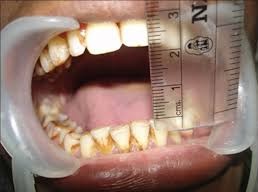Before the initiation of anesthetic care or airway management, assure that an airway risk assessment is performed by the person(s) responsible for airway management whenever feasible to identify patient, medical, surgical, environmental, and anesthetic factors (e.g., risk of aspiration) that may indicate the potential for a difficult airway . o When available in the patient’s medical and anesthetic records, evaluate demographic information, clinical conditions, diagnostic test findings, patient/family interviews, and questionnaire responses. o Assess multiple demographic and clinical characteristics to determine a patient’s potential for a difficult airway or aspiration . • Before the initiation of anesthetic care or airway management, conduct an airway physical examination to further identify physical characteristics that may indicate the potential for a difficult airway. o The physical examination may include: Assessment of facial features: mouth opening, the ability ...








